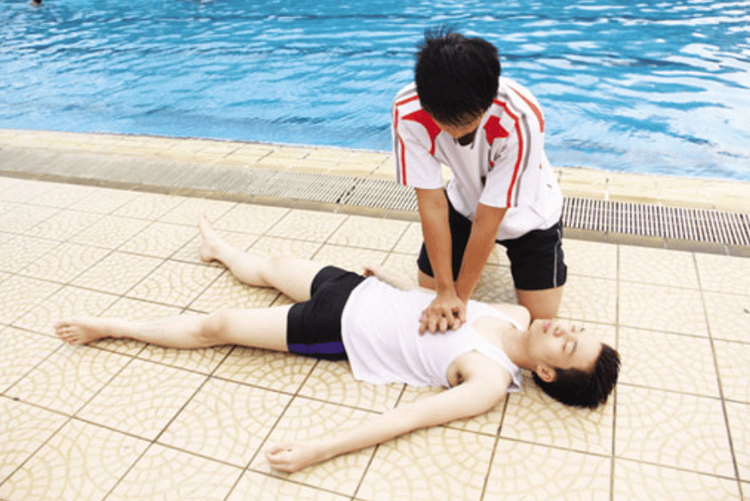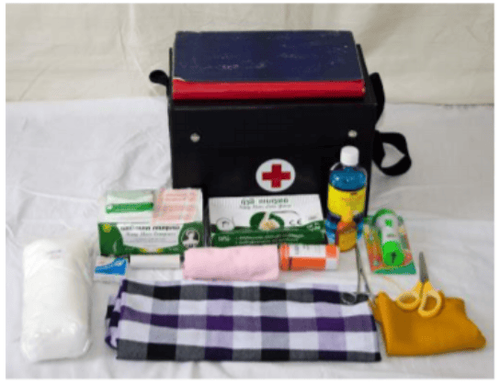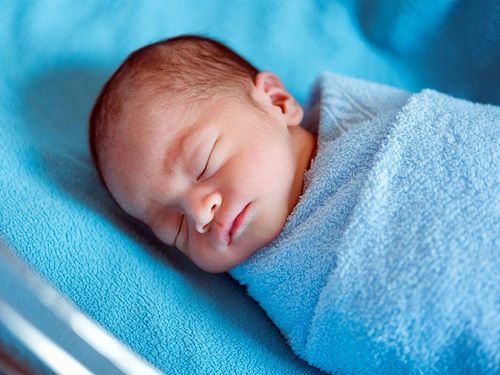This is an automatically translated article.
The article was professionally consulted by Doctor of Pediatrics - Neonatology - Vinmec Nha Trang International General Hospital.Vietnam is a country with a long coastline and a rich river system, so drowning is always a danger lurking for everyone, especially children. In addition to the need to take proactive precautions to prevent children from drowning, giving them the right first aid for drowning also plays an important role in giving them a better chance of survival.
1. How to give first aid to drowning properly
The cause of death in drowning children is respiratory failure, so the first step in giving first aid to drowning is to clear the airway and give the child oxygen. Find a way to reach and safely bring the child to shore by throwing a lifebuoy or a rope to pull the child. Always remember to call in additional helpers such as lifeguards and paramedics. After approaching a drowning child, it is necessary to raise the child's head above the water to help the child breathe and calm down.Children who are drowned after being brought ashore may be conscious or unconscious, need to conduct immediate emergency:
Place the child on his or her back on the floor in a low head position. If the child is unconscious, CPR should be performed immediately.

Đặt trẻ nằm ngửa, đầu thấp và hồi sức tim phổi ngay nếu trẻ bất tỉnh

Phương án tốt nhất là gọi xe cấp cứu
2. Common mistakes when giving first aid for drowning in children
Most children who drown are rescued by people who are not properly trained in first aid, so making mistakes is inevitable. Some habits that need to be stopped when giving first aid to a drowning child such as: Children in particular and drowning victims in general when swimming in the water often panic, which can hinder and embarrass inexperienced people. The rescuer at this point is very easy to become the second victim. Turning the child upside down: many people mistakenly believe that this move helps remove water from the child's respiratory system and helps the child to breathe on his own. However, carrying a drowning child on your shoulders and running only delays more important first aid steps, including CPR. The amount of water entering the lungs when drowning is usually not much and can be released when performing chest compressions and when the child is able to breathe on his own. Delaying CPR and chest compressions increases the risk of irreversible brain damage from hypoxia. Crowd gathering: children who drown when they are taken out of the water need a lot of oxygen. Children should be placed in a well-ventilated environment. Forming crowds around the baby not only doesn't help, but also hinders the child's breathing efficiency.As a key area of Vinmec Health system, Pediatrics Department always brings satisfaction to customers and is highly appreciated by industry experts with:
Gathering a team of top doctors and nurses in Pediatrics : consists of leading experts with high professional qualifications (professors, associate professors, doctorates, masters), experienced, worked at major hospitals such as Bach Mai, 108.. Doctors All doctors are well-trained, professional, conscientious, knowledgeable about young psychology. In addition to domestic pediatric specialists, the Department of Pediatrics also has the participation of foreign experts (Japan, Singapore, Australia, USA) who are always pioneers in applying the latest and most effective treatment regimens. . Comprehensive services: In the field of Pediatrics, Vinmec provides a series of continuous medical examination and treatment services from Newborn to Pediatric and Vaccine,... according to international standards to help parents take care of their baby's health from birth to childhood. from birth to adulthood Specialized techniques: Vinmec has successfully deployed many specialized techniques to make the treatment of difficult diseases in Pediatrics more effective: neurosurgery - skull surgery, stem cell transplantation. blood in cancer treatment. Professional care: In addition to understanding children's psychology, Vinmec also pays special attention to the children's play space, helping them to have fun and get used to the hospital's environment, cooperate in treatment, improve the efficiency of medical treatment. To register for examination and treatment with Pediatricians at Vinmec International General Hospital, please click the "Contact Us" button on the website or register online HERE.
MORE:
Consequences of drowning and rehabilitation measures The importance of first aid Doctor Vinmec explains 8 common mistakes when giving first aid at home













